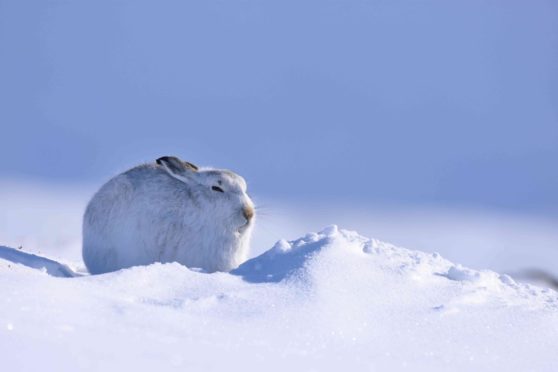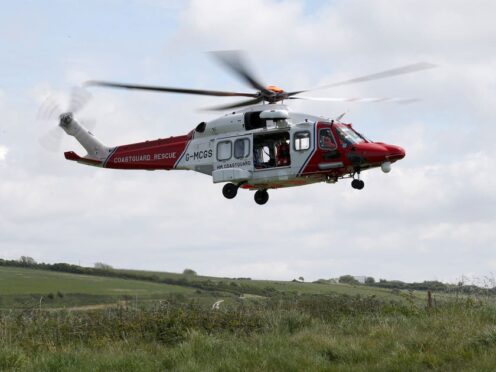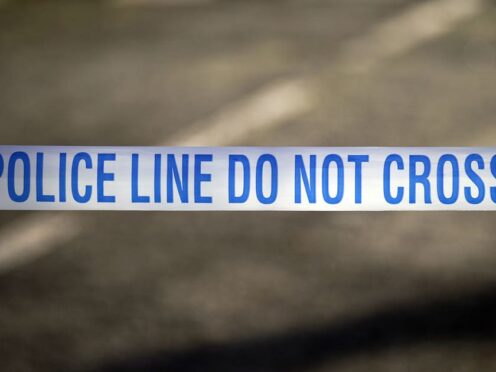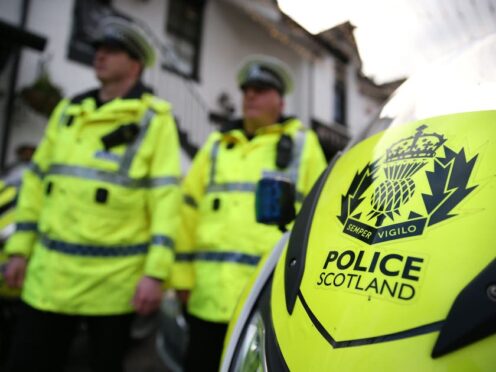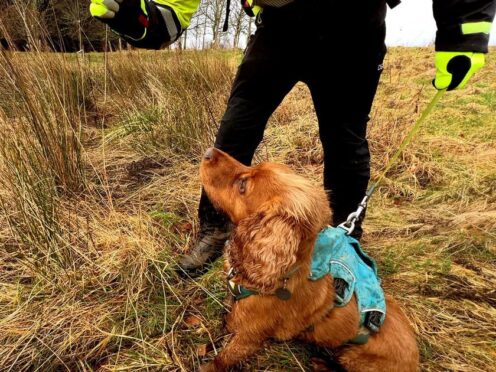Conservationists seeking to better understand Scotland’s mountain hare population have asked the public for help in a new nationwide project.
The animals, which are Scotland’s only native hare, are a key species in the country’s hills, but researchers have “gaps in their knowledge” on how threatened they are by human activity and other factors in many regions.
To help protect the hares, a new wildlife survey has been launched this week to find out where the animals are facing problems.
Organisers of the project are appealing for hillwalkers, naturalists and other outdoor enthusiasts to download the free Mammal Mapper app and record any sightings of hares they see while out and about in Scotland’s countryside.
The new project has been launched in partnership by five different organisations, including Nature Scot, the Mammal Society, and the Game and Wildlife Conservation Trust.
Rob Raynor, mammal specialist at Nature Scot, said: “Many people enjoy seeing mountain hares in the Scottish hills.
“Our priority is to make sure they remain a common sight.
“To do that, we need a better understanding of the existing population – something which this novel national survey will make possible by filling in the gaps in our knowledge.
“It will give us a better picture of mountain hare numbers, both regionally and nationally, and support decisions about how to maintain and conserve our native hare population.
“We’d like to encourage hillwalkers and anyone with an interest to contribute their sightings to this valuable project.
“We have an online training video and guidance within the app, so participants who aren’t certain if they’ll be able to tell the difference between mountain hares, brown hares or rabbits can feel confident about their identification once they’re out in the hills.”
The Mammal Mapper app can be downloaded to smartphones from the Apple Store or Google Play.
